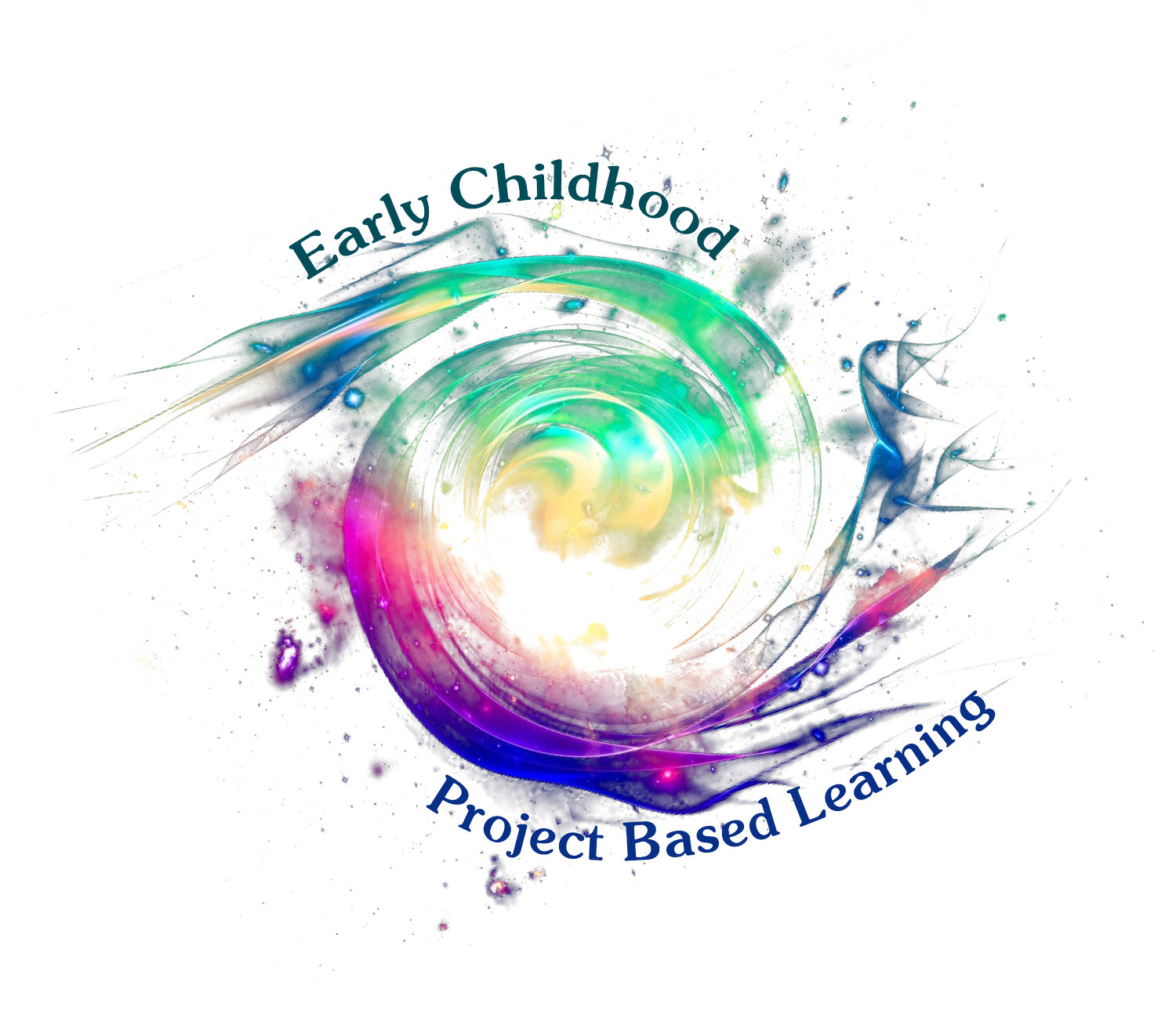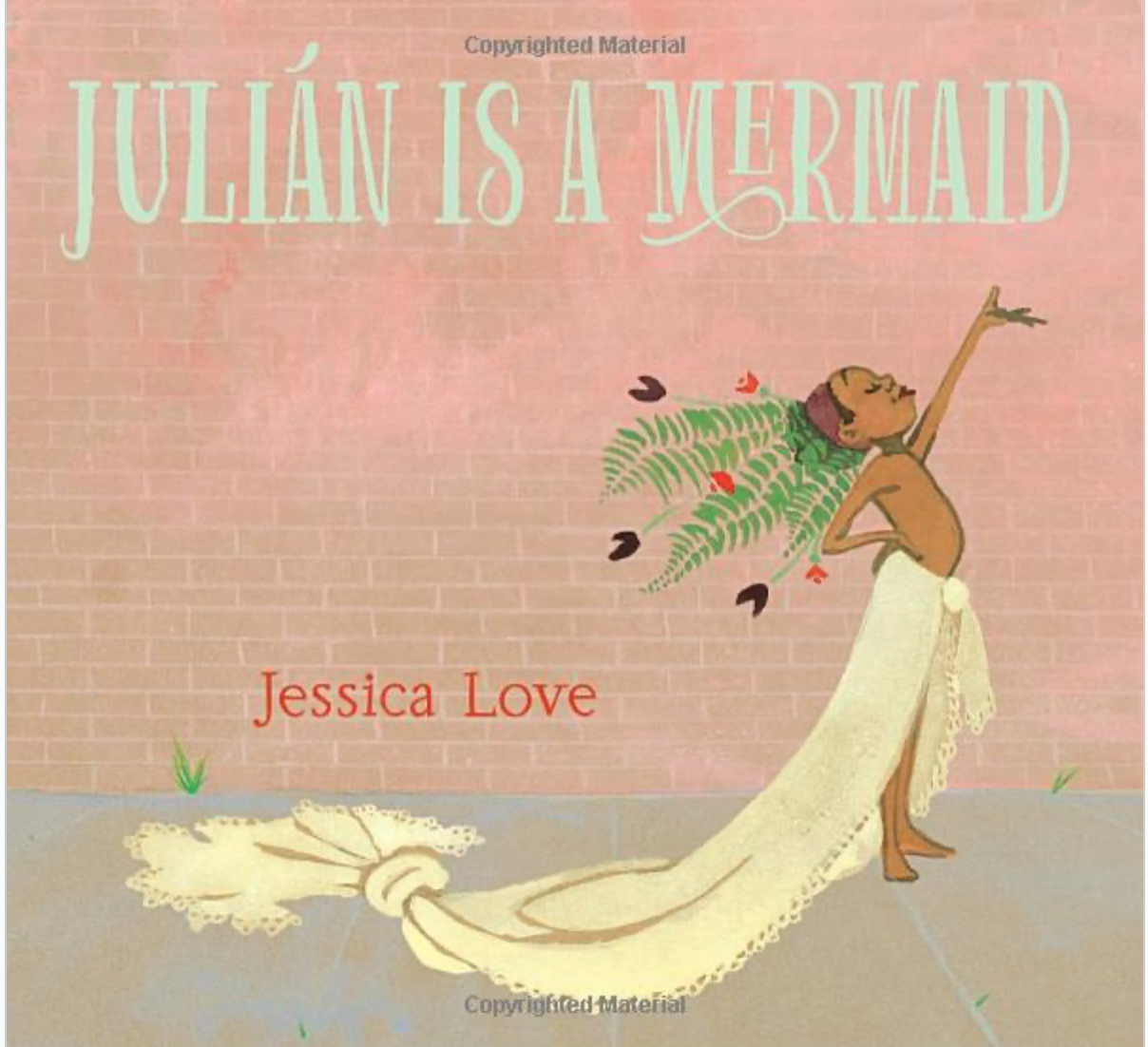Milestone Three: My Family and Me
At this Milestone…
As children become familiar with the different aspects of a community, they begin to see themselves and their family as part of different communities.
Key Question: Who am I as a member of our community? Who are the people in my family?
Formative Assessment at this milestone: self-portrait, family photo with labels/descriptions
Day One: Similarities and Differences in a Community
Explain that one of the most important parts of a community are the people - just like we have in our class. This is also a good opportunity to discuss diversity in communities. For example, people in a community may have a lot in common and there are also lots of things that make them unique. A potential question to pose during this discussion could be: “What are some things that make us the same and what are things that make us different?” These might include surface culture questions (favorite foods, hobbies, languages spoken) but also deeper questions like “Do you like to spend time alone, or with lots of people?” “Do you prefer to learn new things with friends or by yourself?” Questions like these help as we are trying to develop a better understanding of people's individual needs - and how we can try to hold multiple perspectives rather than getting angry or feeling hurt when these characteristics or ideas differ.
Play the game Common Ground (adapted for your age group) as a way to introduce things that children have “in common” or “different from one another.”
Whole-class game suggestion: Would you rather…
In a meeting or in small groups, ask students questions. For example, “Would you rather be an eagle or a whale?” “Would you rather fly or be invisible?” Students can show hand signals to respond (such as a one hand raised for the first option or two hands raised for the second option). The purpose of this game is to help students understand how people in the community have different perspectives and opinions. You could also take surveys and chart findings. *If this unit corresponds to data collection, surveys and graphs, you might consider extending this milestone to include math learning goals such as data and surveys.
Read children a book that highlights a character or characters who find strength in their unique qualities. A resource list of suggested read alouds can be found at the end of this milestone.
Day Two: Self-Portraits
Explain that one way we will get to know one another in our book/on our website is to see what we look like! Photos are good, but it’s also nice to have a portrait, done by us, the artists! Have students draw a portrait of themselves. You might share some other artists’ self-portraits and ask children what they notice. Model (either via pre-recorded lesson or in-person) how to use a mirror to draw your head and the features of your face on a piece of paper using a black marker. If in person, consider offering different shades of brown paper or a variety of skin-colored crayons or markers. As you model this for your students, think-aloud, noticing unique features that you love.
Help children to add a description of themselves and what they like/what they are good at. Children might dictate it to you, a parent, or if on Seesaw or another platform, use an audio recording.
Online: Students can upload their portrait and audio record and/or label their portraits.
In-person: Have students draw their portrait on paper and dictate their ideas to a teacher (or do their own labeling/writing)
Day Three: Who am I as a member of my community?
Remind students how their questions for this project focus on getting to know each other. Refer to “Need to Know” questions about family, pets, or hobbies and facilitate a discussion around some of students’ favorite things to do (play, eat, places to go, etc). Record their comments on paper or on Google Slides/Zoom Whiteboard.
Suggested Read-Aloud: My Favorite Thing (According to Alberta) by Emily Jenkins
Favorite Things to Do and Places to Go
Depending on the need-to-know questions, have children share something about themselves - pets, hobbies, or places they like to go with their family. Have students draw a picture illustrating these ideas (in-person or using a digital tool) and dictate to adults their description or audio record via Seesaw or another tool. Hold/Save these for the public product.
If in-person: Have students draw on paper and dictate their comments
Day Four: Sharing about our families
Revisit students’ learning and work related to neighborhoods/broader communities. Explain how the larger community of our neighborhoods is made up of different people, living and working near one another and that their family is a part of that community. Explain how one way to get to know one another better and build our classroom community is to share with one another about our families. Refer to the need-to-know list and focus on questions related to neighborhood, homes and/or family members. Highlight the idea that learning about our families can help us find how we might have things in common, and how we might be different from one another in special ways.
In a class meeting (Zoom or in-person class meeting), share the slideshow that includes each child’s family photo (collected prior to beginning this project). While students are viewing the slideshow, ask them to think about what they notice/what questions do they have about their classmates and their families. After viewing the slideshow, you can pose questions such as: Who is in your family? What are some things you’d like to learn about your friends and their families?
Make a “T Chart” highlighting observations and questions:
What do you notice? What do you wonder?
Using the questions generated, (i.e. “Do you have a pet? Do you have a brother or sister? What are your favorite things to do together?) Students use this list to ask one another questions in activity below:
If Online: Partner Flipgrid Interviews
Children are assigned partners. On Flipgrid, one child shares about his/her family, and their partner asks a question. Then the first partner answers the questions. If you are working with small groups of children online, you may be able to support partnerships creating a shared Venn diagram in Google Draw. Google Draw Venn diagram Tutorial
If in person, partners can pass a Venn Diagram back and forth filling in similarities and differences (with teacher support) using drawings and labels. Or children meet in partnerships and ask each other selected questions from the “Wonder” side of the chart.
Day Five: Family Portraits
After reviewing some of the details children shared about their families, have students draw a picture of their family or use the family photo (collected in Week One) and add labels (who is there, where are they, what kinds of things do they like to do with their families?) Keep for public product and store in child’s folder/portfolio.
Online: Students can audio record themselves explaining the drawing or photo.
In-person: Have students explain their drawing or photo and dictate their comments and/or label.
Read Aloud Suggestions:
The Family Book by Todd Parr
The Great Big Book of Families by Mary Hoffman
If online, students can share their family portraits and audio record their explanations on Seesaw or Flipgrid.
In-Person: Students can take turns sharing about their families in pairs or small groups.
Suggested Read Alouds at this Milestone:
It’s Ok to be Different by Todd Parr
The Colors of Us by Karen Katz
We’re All Wonders by R.J. Palacio
Same, Same but Different by Jenny Sue Kostecki-Shaw
What I Like about Me: A book celebrating differences by Allia Zobel Nolan
Amazing Grace by Mary Hoffman
I Like Myself by Karen Beaumont
A Color of his Own by Leo Lionni
Chrysanthemum by Kevin Henkes
The Name Jar by Yangsook Choi
Whoever You Are by Mem Fox
Julian is a Mermaid by Jessica Love





